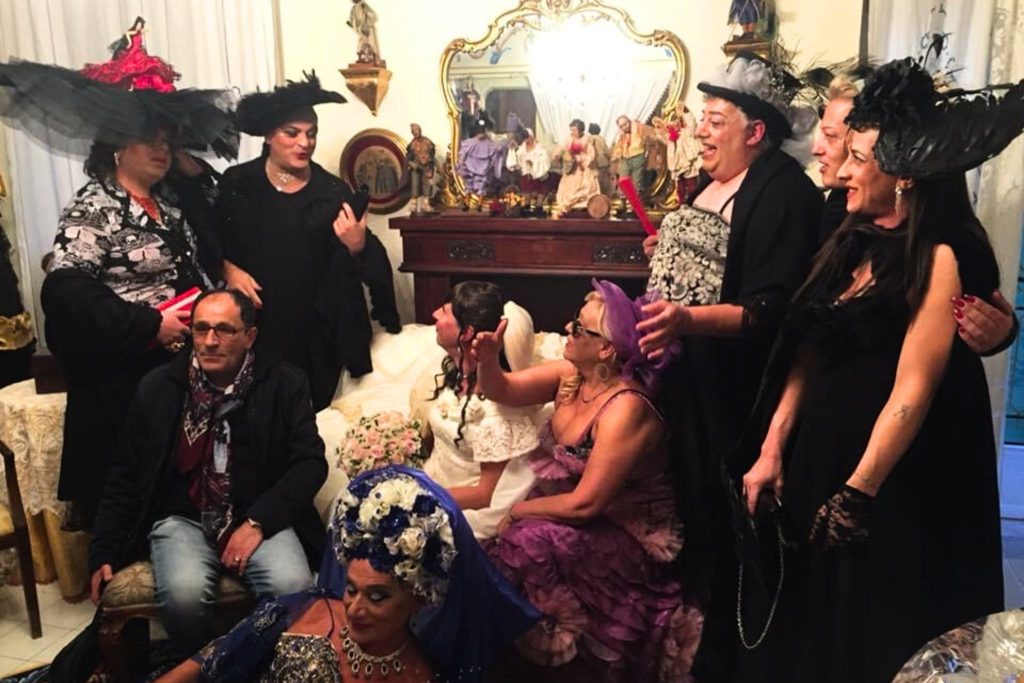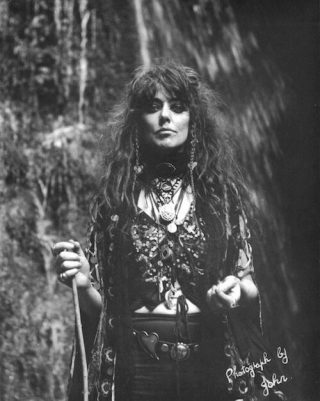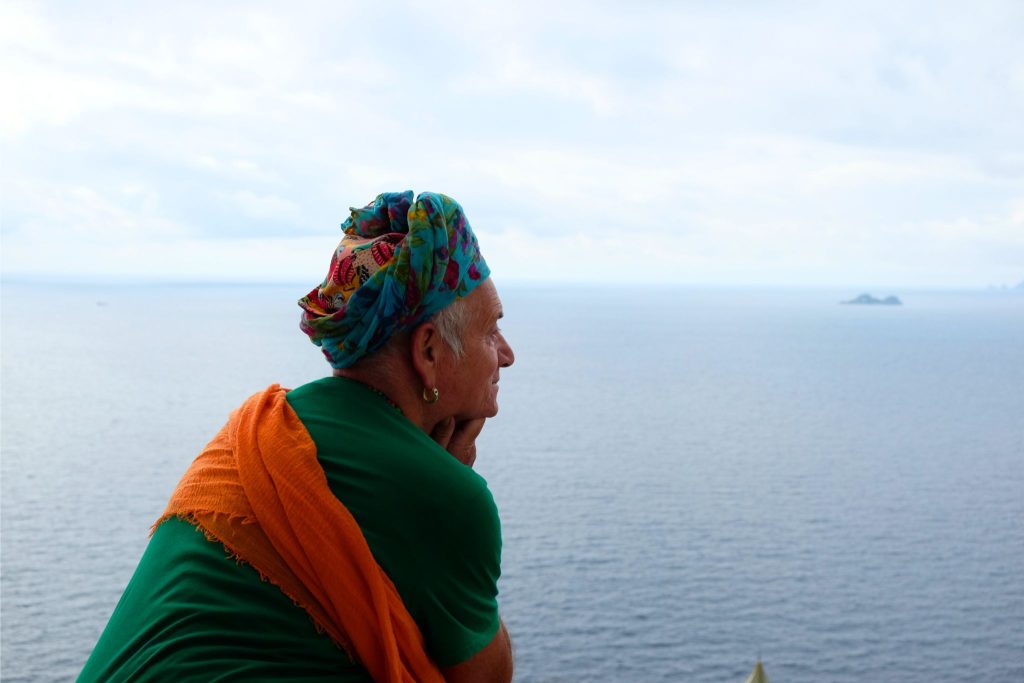
The work is an immersion in the universe of the femminielli, ancient figures of Neapolitan popular culture historically anchored to the social fabric of the city of Naples. According to historiography, the figure of the femminielli has ancient roots, when the cult of the goddess Cybele arose from the mythical Hellas. The priests devoted to her, the Coribanti, were men who dressed as women, like the Neapolitan femminielli. A fluid figure who, depending on the historical eras, has found new forms, adapting to social changes.
With Chic e Favoloso!, Fortis takes us on a journey between the sacred and the profane, in the hope and awareness that as long as Naples exists, femminielli will live.
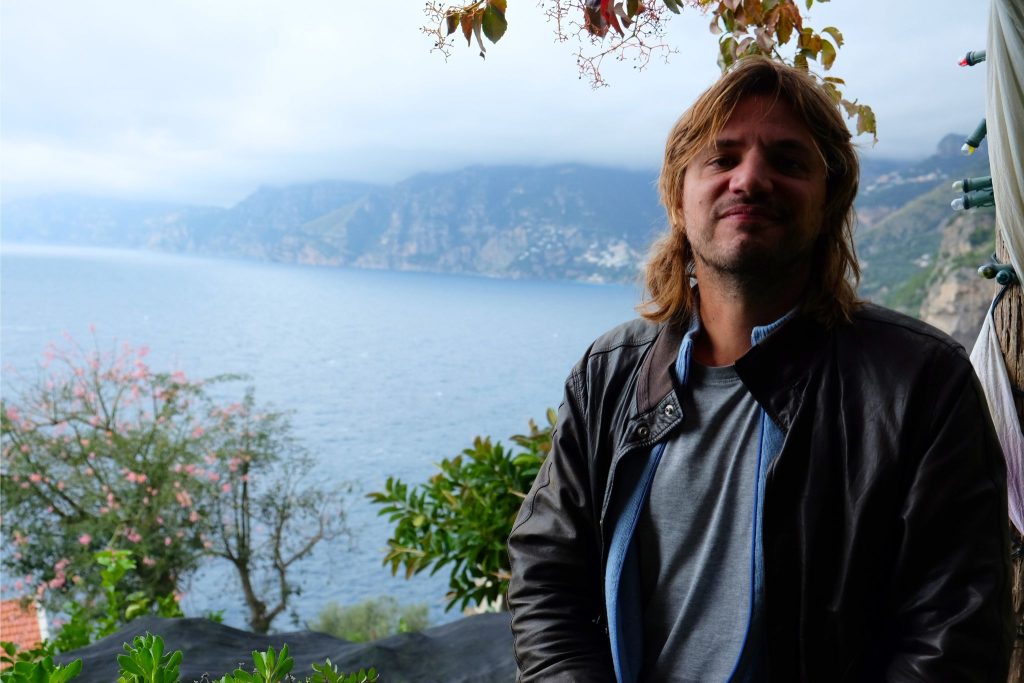
Andrea: It was born from a series of meetings. My brother, a journalist based in Naples, already had relationships with the world of femminielli. He had written articles about it, and the topic immediately fascinated me. Later, as I got to know it better, they took me into a partly unexpected dimension, a discovery involving and dragging you inside.
So, in the end, it was a beautiful journey of research. The deeper I went, the more I understood the value of what I was doing, the possibility of reclaiming a story, and its value for them. As one of the protagonists, CiroCiretta, often says, it is a world that has remained within the popular sphere since ancient times. The bourgeoisie never considered it, but it had a significant value for Neapolitan culture.
In Praiano, there was a good reception from the public, who were very involved. It was an active audience; this is the thing that pleases me the most. What they saw stimulated their reasoning and interpretations. It was an excellent reaction. Clearly, it was a favorable audience already open to her.
Marea: As the viewing progresses, the viewer feels immersed in the scenes and settings of the documentary. Your presence, however, tends to be eclipsed, making your documentary ability evident. Where do you stand with the places and people you filmed?
Andrea: I position myself for what I am, an external person who arrives in a new world. What I did was observe. And this is how you understand that it is more interesting to give space to them rather than impose your point of view.
Then, when you start editing, or even while shooting, you are already projecting your gaze. Then everything becomes a consequence that is still perceived by the public, even if you tend to stay with them a lot and give them a lot of space. It is an ancient way of making documentaries, in the sense that it comes from De Seta.
There are examples of great directors in the past who have done it sublimely, which has always fascinated me. That ability to know how to stay there and listen, which is one of the essences of the documentary, is obviously not the only way to do it. However, it is a possibility to take away your ego by giving more space to what the people in front of you have to say.
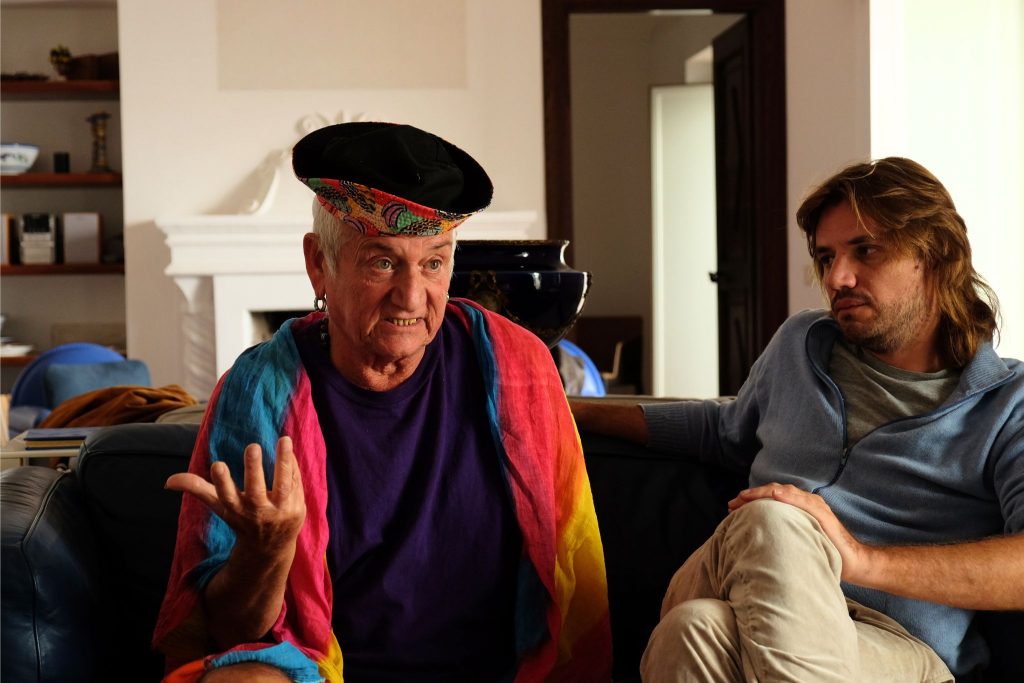
Andrea: In the final version that I am finalizing, there is the inclusion of some interviews with two professors: a Spanish anthropologist who has studied the education of feeling and the concept of doubles in great depth around the world through figures similar to the femminielli; and then there is a professor, a historian, who wrote an interesting book on the figure of the femminielli, perhaps the most complete. It summarizes all these aspects, also highlighting the human element. He also questions what the soul of the femminiello is. It's not necessarily reason; it's also instinct, the ability to improvise between different souls that sometimes contradict each other. They don't need to be aware of what it means to be femminielli because they are and because there is a territory around them that protects them, accepts them, wants them for who they are, doesn't question them, and benefits them in the end.
The presence of these professors and their words, the result of an external point of view, change the perception of the documentary. They allowed me to create openings and reasoning to better understand what happens as the vision progresses.
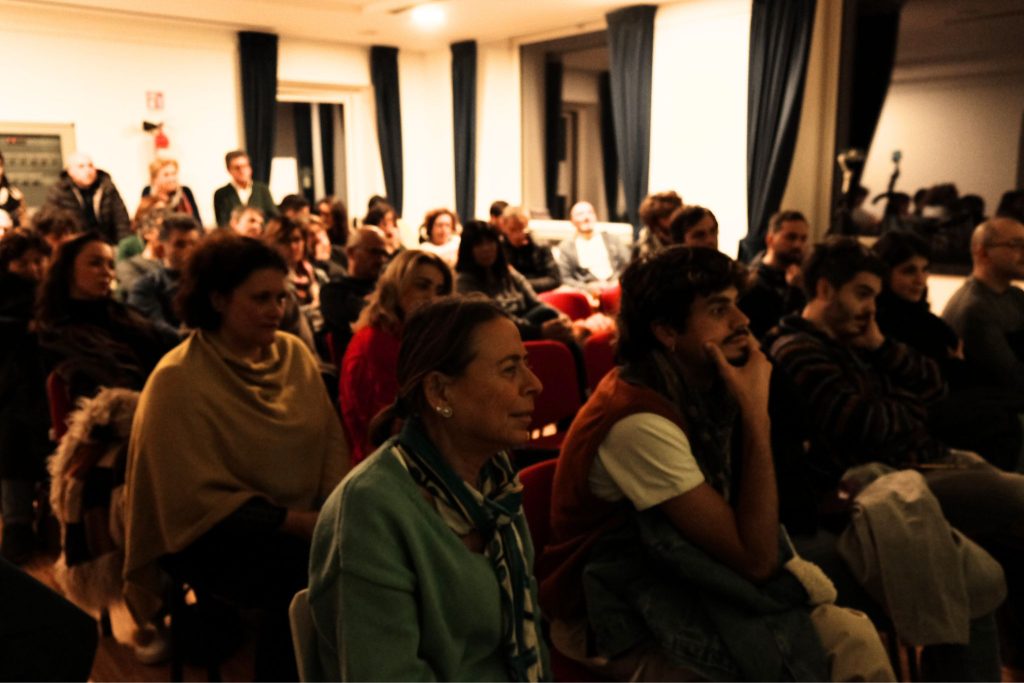
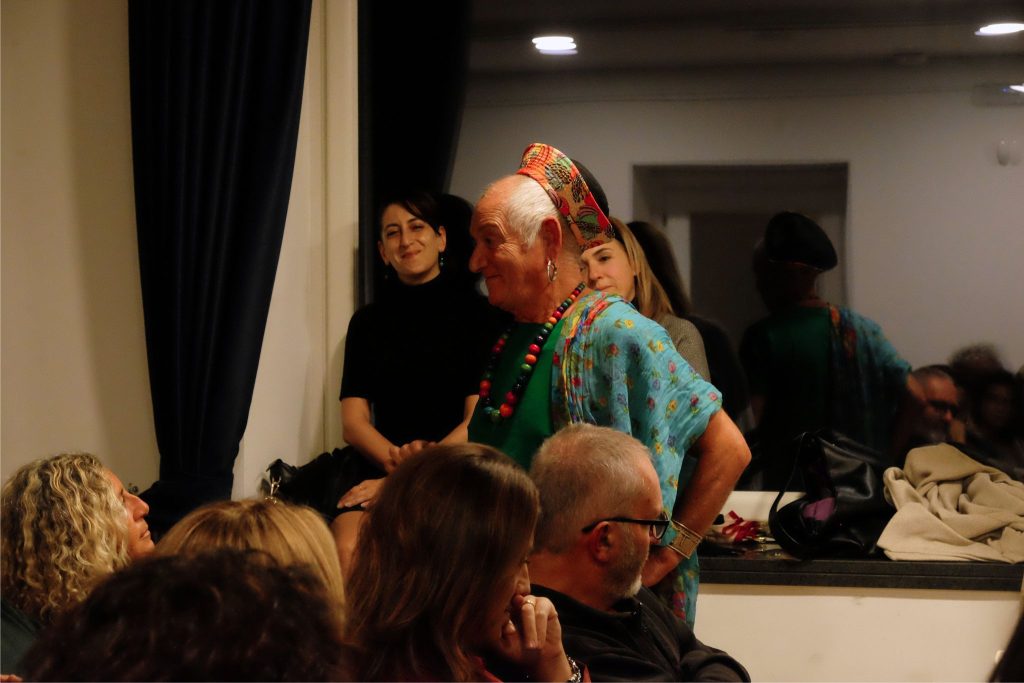
Andrea: As long as Naples exists, femminielli will exist because it is a phenomenon significantly linked to Neapolitan culture, which is a particular culture capable of absorbing and distributing many external stimuli. Naples can absorb them and create something new; the same thing will likely happen with the femminielli.
Naples has a very feminine and maternal soul from a certain point of view, a city based on the concept of double because it lives between the sea and the volcano, a dual, contrasting element in the sense that the sea can easily be life. Still, on the other hand, it can also be perilous, like the myth of the mermaid.
On the other hand, the volcano is dangerous at first glance because this incredible power is latent. No one knows what it can do, but it also makes the fields fertile. Therefore it is a total source of life. It is difficult for an element representing this double so well to disappear.

